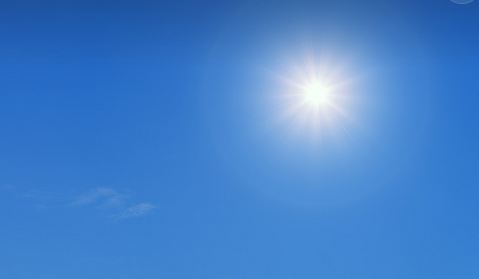Sun Protection Factor, commonly known as SPF, is a measure used to evaluate the level of protection a sunscreen offers against the harmful effects of ultraviolet (UV) radiation. Specifically, it indicates how effectively a sunscreen shields the skin from UVB rays, which are the primary cause of sunburn and contribute to skin cancer.

When you see an SPF number on a sunscreen bottle, it essentially tells you how much longer you can stay in the sun without getting sunburned compared to when you’re not wearing any sunscreen. For instance, if it takes 10 minutes for your skin to start turning red without protection, applying an SPF 30 sunscreen theoretically allows you to stay in the sun 30 times longer, or about 300 minutes, before burning.
Understanding Sun Protection Factor (SPF)
However, it’s important to understand that SPF is not a straightforward scale. An SPF 30 sunscreen doesn’t offer twice the protection of an SPF 15. While SPF 15 blocks about 93% of UVB rays, SPF 30 blocks approximately 97%, and SPF 50 blocks around 98%. The difference in protection becomes marginal as the SPF number increases, and no sunscreen can offer 100% protection.
Moreover, SPF only measures protection against UVB rays, not UVA rays, which also contribute to skin aging and cancer. That’s why it’s crucial to choose a broad-spectrum sunscreen that protects against both UVA and UVB radiation.
Proper application of sunscreen is just as important as its SPF rating. To achieve the level of protection indicated on the label, you need to apply a generous amount—typically about an ounce, or a shot glass full—for your entire body and reapply every two hours, or more often if swimming or sweating.
What is SPF?
SPF stands for Sun Protection Factor. It’s a measure of how well a sunscreen protects your skin from UVB rays, which are the rays that cause sunburn and contribute to skin cancer. SPF indicates the level of protection a sunscreen offers against UVB rays compared to not wearing any sunscreen at all.
Choosing the Right SPF
- SPF 15 blocks approximately 93% of UVB rays.
- SPF 30 blocks around 97% of UVB rays.
- SPF 50 blocks about 98% of UVB rays.
Here’s how SPF works:
It’s important to note that no sunscreen can block 100% of UVB rays, and higher SPF values provide only incremental increases in protection. Additionally, SPF primarily measures protection against UVB rays; it does not directly indicate protection against UVA rays, which also contribute to skin damage and aging.
When choosing a sunscreen, it’s recommended to select one with a broad-spectrum SPF of 30 or higher to protect against both UVB and UVA rays. And remember to reapply sunscreen every two hours, or more frequently if swimming or sweating, to maintain its effectiveness.
